Ready for hot hiker summer? The best water bottles, skin care and more to beat the heat
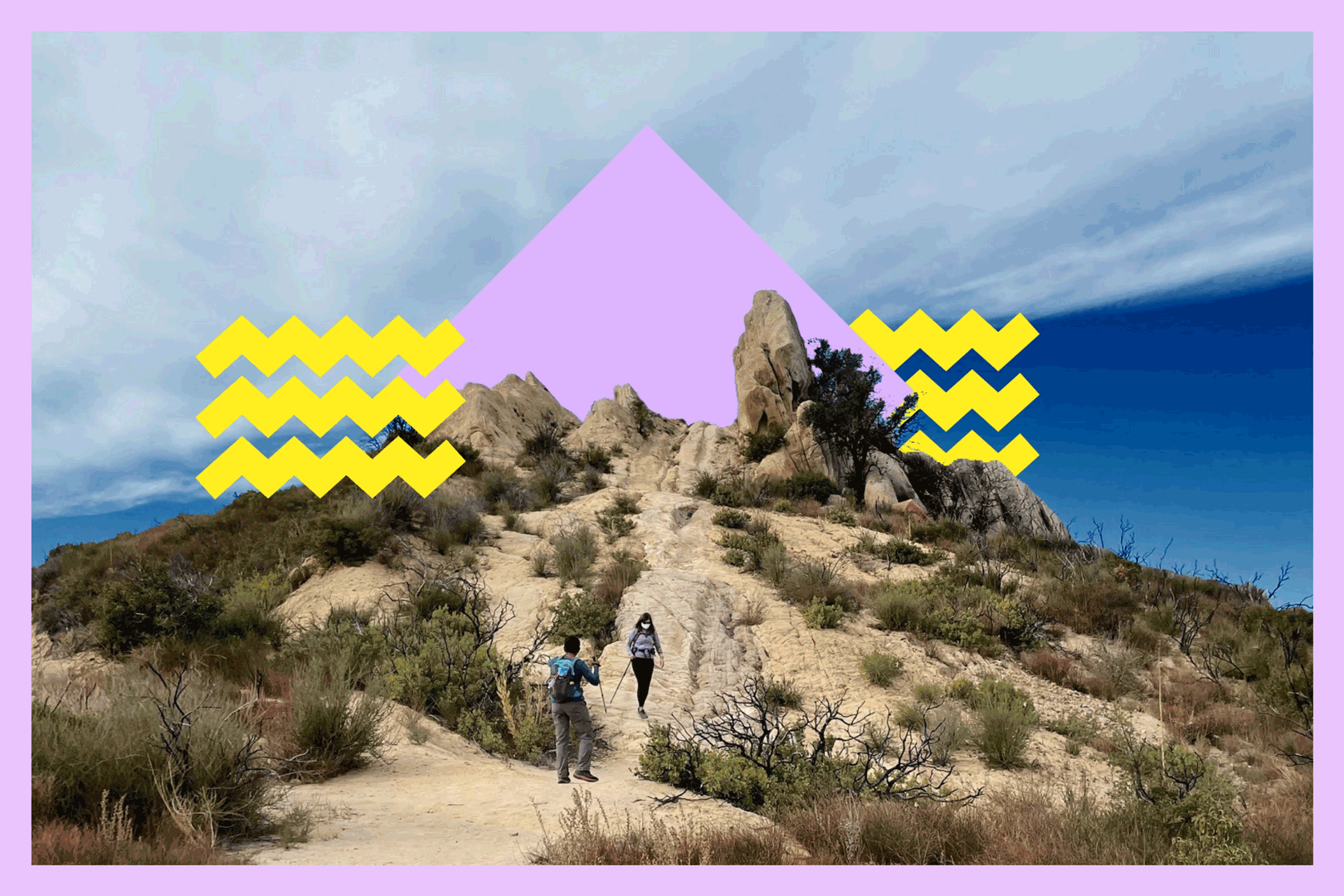
- Share via
Anyone else feeling the need for a glow-up? Our June gloom is the perfect chrysalis to rest in as we get ready for hot hiker summer, which is surely only a few weeks away. By hot, I mean temperature, but it does seem as if everybody suddenly emerges onto the hiking trails in July looking their best, as if they’d all been waiting to bust out of their cocoons like beautiful butterflies.
Every year, I bemoan the June gloom, and every year, I suffer under the July sky, wishing it were June again. Maybe you’re feeling the seasonal affect too. But this year, besides treating myself with therapy, SAD lamps and meditation, I’m also trying to appreciate the first cool month of the summer season. I’m taking time to enjoy easy hikes, walks and runs under our gray, overcast skies. I’ve been biking in light sprinkles, savoring the coolness of soaring down a hill. I know this weather is the calm before the storm of summer.
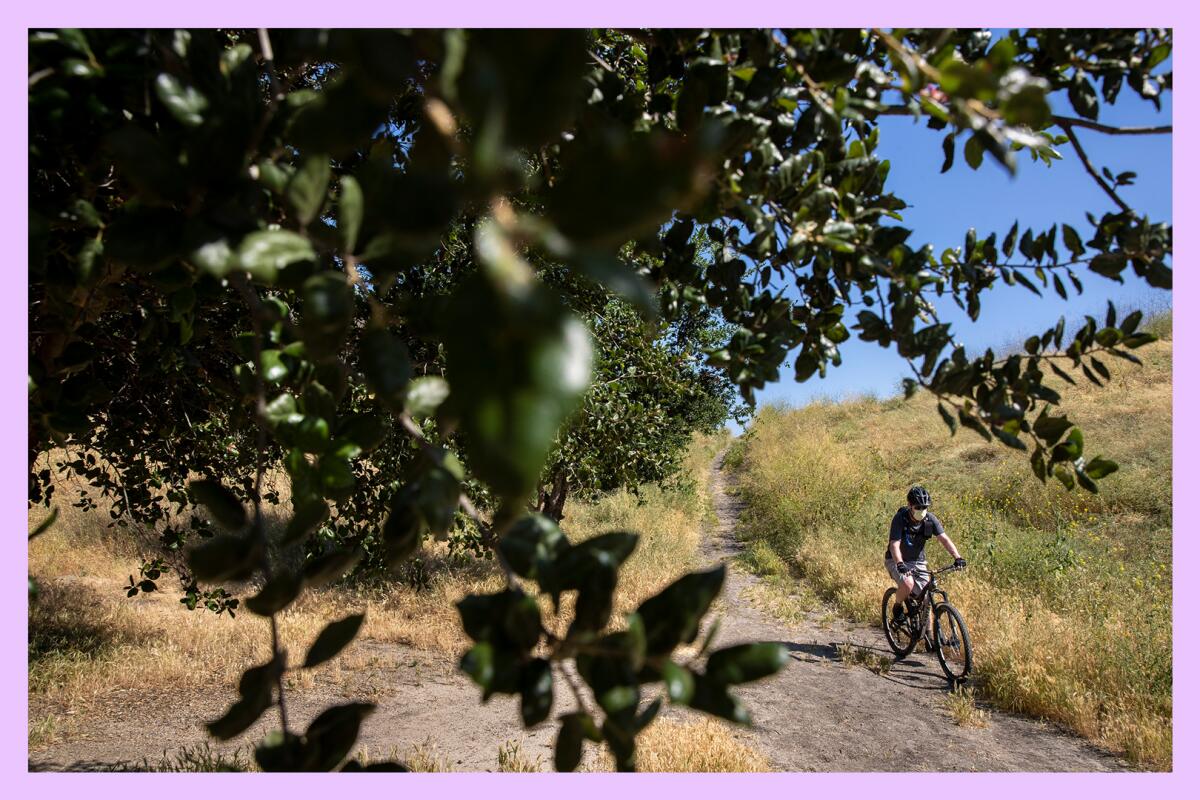
I used to wait until I was drained from being outdoors all day to seek electrolytes and massage my sore muscles, but these days, I’m more into prevention than recovery, which means sun protection, hydration and moisturizing. Does June have you investing in self care too? What are you doing to nourish yourself before a demanding summer of hikes, concerts, picnics and vacations?
June is a great time to prep for the intense blast of summer heat by getting spa treatments and stocking up on fun gear and protective clothing so you can look and feel your best in the outdoors. To emerge like the beautiful butterfly you are in July, you’ll need to make sure you take care of yourself before, during and after outdoor activities.
Summer can be rough on your body: faces burned by the sun, forearms scraped by rough climbs, throats parched from dehydration, chlorine drying your hair, ocean salt stinging your eyes. Here’s how to keep yourself replenished from the heat all summer long.
Get The Wild newsletter.
The essential weekly guide to enjoying the outdoors in Southern California. Insider tips on the best of our beaches, trails, parks, deserts, forests and mountains.
You may occasionally receive promotional content from the Los Angeles Times.
1. Check in the night before for a big day. If you’re going to hike, bike, climb, kayak, surf or swim the next day, take it easy on alcoholic beverages the night before and make sure to eat a healthful dinner. Prep your clothes and gear, stock up on sun care, hydrate your skin and bandage or protect any blisters or cuts from potential infection. I also like to do a check-in with myself: Am I exhausted, energized, anxious or balanced? Depending on how you feel, you might meditate, turn in early or spend time alone.
2. Invest in a truly amazing hiking water delivery system. I carry a lightweight, noninsulated Yeti bottle with a handle for casual hikes, but I also love the pretty S’well geode rose bottle when I use a backpack. I keep heavier, insulated 40- and 64-ounce Hydroflask bottles full of cold water in my hot car (it’s so nice to have an ice-cold sip as you drive home). If you’re trail-running or doing longer hikes, you can’t go wrong with a water bladder in a Camelbak vest.

3. Carry high-protein snacks and electrolyte shortcuts. Just drinking a lot of water on the trail isn’t enough because of the danger of exercise-associated hyponatremia, a fluid-electrolyte disorder caused by a sodium imbalance up to 24 hours after prolonged physical activity. Basically, you don’t have enough salt, and that results in water intoxication. If you’ve ever had heat cramps or just felt exhausted after hiking in the sun, it might be your lack of electrolytes. I like Gnarly electrolyte powder packets, which are small and easy to tuck in leggings or hiking pants. You can also try coconut water or Clif Bloks. If you prefer food, bring salty snacks, bananas, nuts and trail mix. Your body absorbs water better when you have high-protein food in your stomach. For me as a near-vegetarian, that means vegan jerky, nuts, dried fruit (Hello, Trader Joe’s) and protein bars.
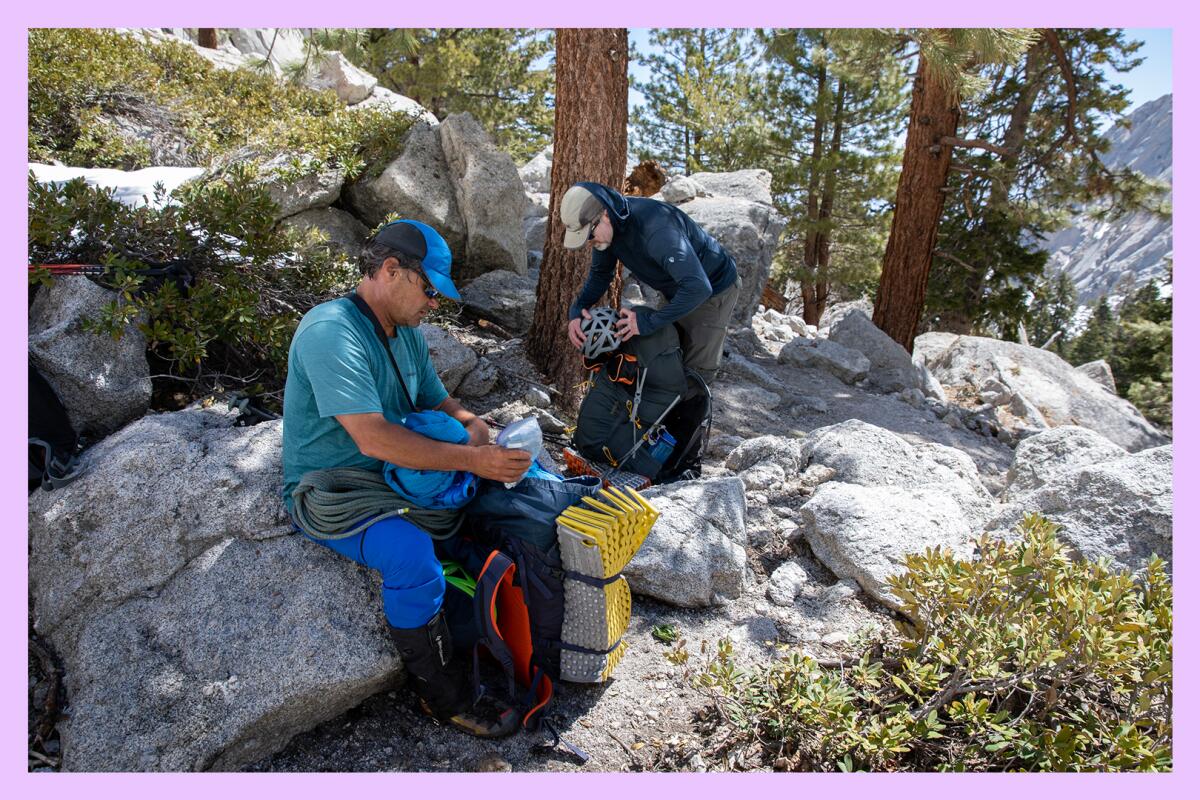
4. Know the sun, thy frenemy. A beach umbrella or pop-up tent (we have two: this cute pop-up tent and the roomier Veer family basecamp), a full-coverage hat and sun protective clothing can make all the difference for your skin. In my family, we like hats that cover the front and sides of our necks when hiking in sun. (I have the Sunday Afternoons ultra adventure hat in lavender; my husband prefers the CTR summit Sahara cap.) Skin cancer runs in my family, so I tend to wear long, loose sleeves or UPF clothing made by REI Co-op. I also lather up with reef-safe sunscreen like California Baby or Neutrogena sheer zinc. And whether your relatives have had skin cancer or not, you should wear sunscreen daily.
Babies and kids are even more sensitive. We’ve made the mistake of swimming with our child in the middle of the day. And even though he wore a hat and UPF clothing, and we reapplied sunscreen twice in an hour, he ended up with a painful burn from reflected rays from the water. Now, we stay shaded during peak hours. We’ve also upgraded our son’s apparel to UV400 sunglasses and UPF 50+ duds by Babiators. If you’re doing outdoor sports, invest in a pair of polarized sport sunglasses or goggles.
And, at the end of every summer, I get a full-body scan by my dermatologist to check for any abnormalities.
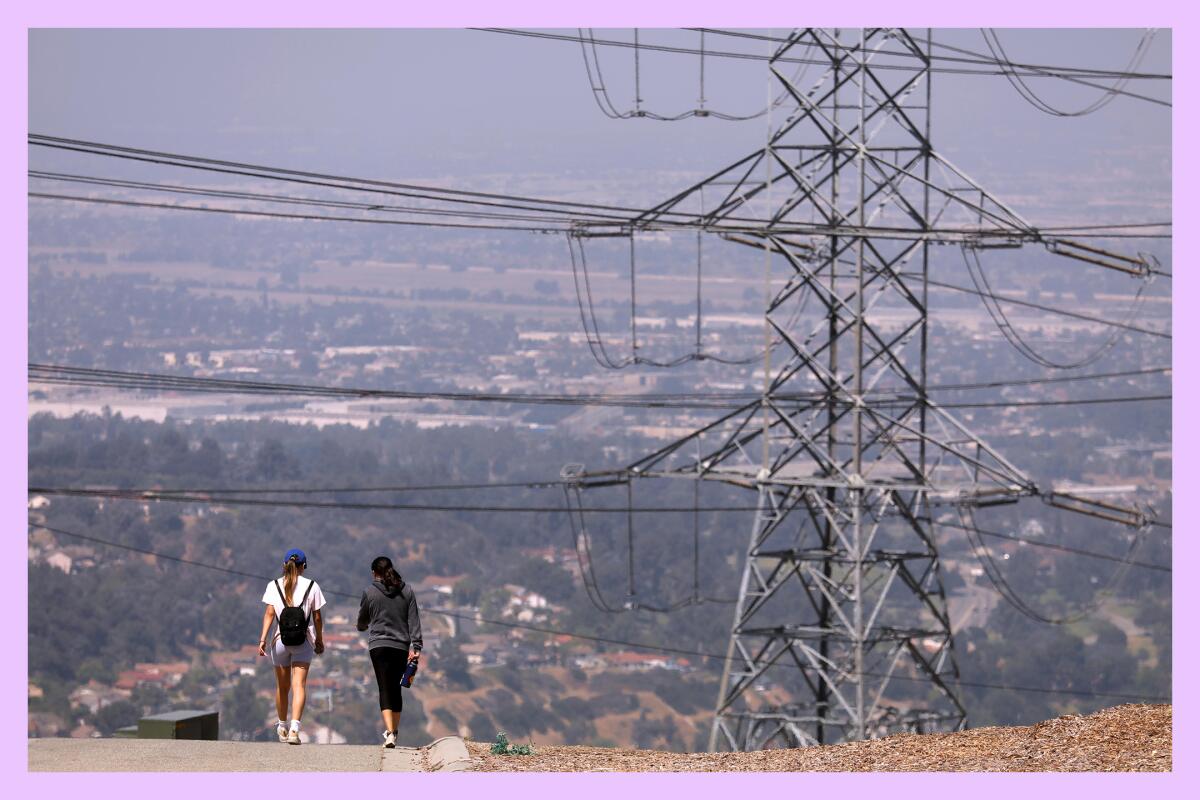
5. Practice long-term skin care. I used to scoff at it, thinking I was tough. I’d just slather some lotion on and hit the Korean spa every now and then. Heads up: Your skin at age 40, 50 or 60 isn’t as forgiving as it is at 20. Your older self will thank you for taking steps to establish a skin care routine while you’re young. You can do it daily, but you might want to wait until your skin has calmed following an outdoor activity (and don’t attempt with a sunburn or injured skin).
First, slough off old skin cells and stimulate circulation with a gently exfoliating body scrub like Kiehl’s, which has aloe vera and chamomile, or an intense Korean spa scrub (I go to no-frills women’s spot Daengki Spa, but 24-hour Wi Spa also offers them, and you can scrub at home too). Next, a moisturizing bath bomb or bath and shower oil, such as one of these from Neutrogena, Kiehl’s or Avène (the latter is good for eczema-prone skin), is nice after an outdoor activity. Then, moisturize with your chosen full-body moisturizer (I like a shea or argan oil lotion or body butter), paying special attention to body parts like roughened feet or hands.
For climbers, hand care is essential. I regularly clip flaps off the inside of my palms, then file down the skin and apply Burt’s Bees hand salve (ClimbSkin is another option, but I haven’t tried it).
Now, this part’s for your face, which can feel as dry as the Mojave after being exposed to dirt, wind, sand, sun or water (or all of the above). I follow the Korean skin care method to recover. Rehydrate with a cleansing oil like Banila Clean It Zero or Aromatica coconut cleansing oil, then a toner, essence and serum or ampoule (which is like a pumped-up serum). Finish with your favorite sheet mask, like Too Cool for School’s egg cream mask hydration, or a deep moisturizer on your face and neck, then eye cream. If you have time, apply facial oil and fire up your ethically sourced gua sha or jade roller (I like the AAPI-owned brand Pink Moon).
Finally, it’s always my lips that truly suffer from being chapped in Joshua Tree weather, so I’ve been using Laneige’s lip sleeping mask before I head to bed.
I love that in Los Angeles we’re not afraid to look good on the trail, in the surf and on the rocks. Keep it going this summer by protecting your health, inside and out.
3 things to do

1. Hike, bird-watch and salute the sun from our state parks. Our second California State Parks Week is upon us, taking place from June 14 to 18. There are so many events, it’s almost mind-boggling, and they’re spread across the state. You can do everything from roast marshmallows at the Carpinteria Campfest to hike a 2.5-mile section of the Pacific Crest Trail at Silverwood Lake. Go on a beginner bird-watching walk at Malibu Lagoon, learn about keystone species at Carpinteria State Beach, take a hike at Chino Hills State Park, do sunset yoga at the historic Adamson House and more. The events are free, and registration is highly recommended. Learn more here.
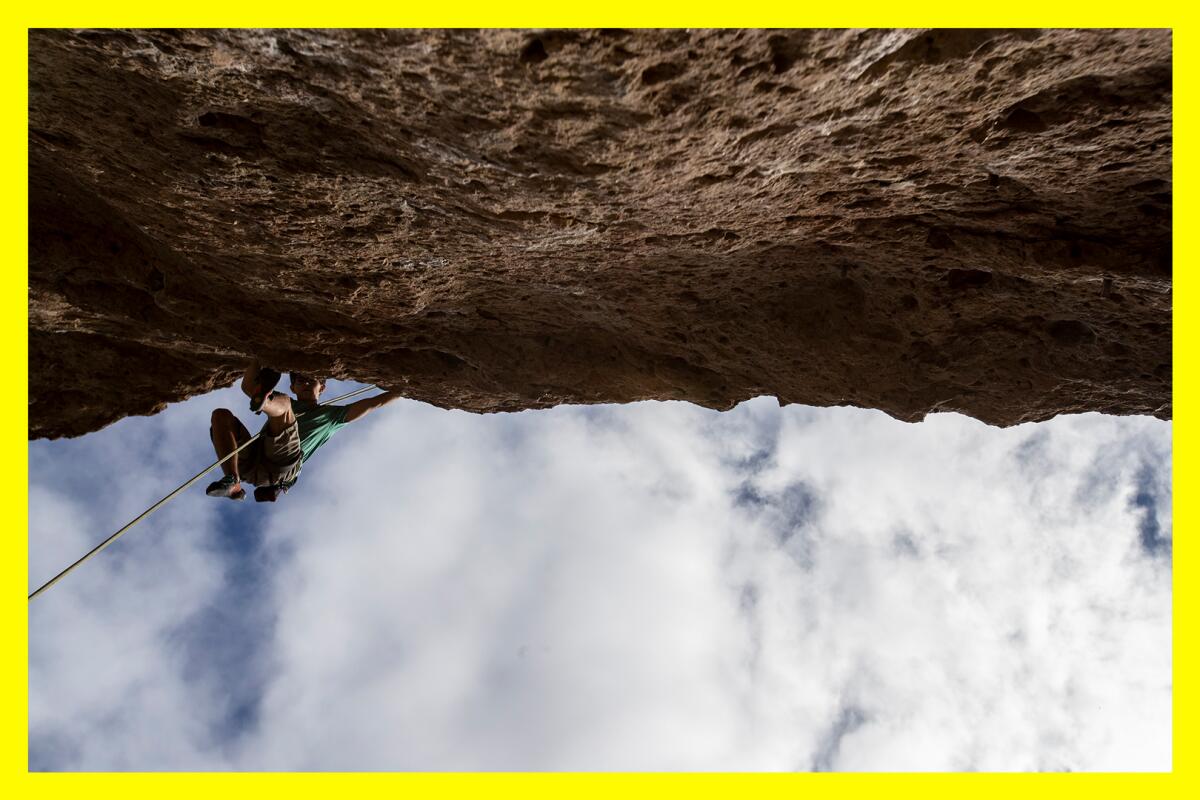
2. Bond with fellow Latinx climbers. Hang with a Latinx climbing group every fourth Thursday of the month from 7 to 9 p.m. at Sender One LAX, the Sender One outpost near LAX, in the Westchester neighborhood at 11220 Hindry Ave., for games, raffles and climbing. Sponsored by Send With Color, the regularly occurring Send With Mi Gente meet-up hopes to create lasting friendships and connections in the Latinx climbing community. All ages and experience levels are welcome, but minors must be accompanied by supervising adults. Join with a day pass ($20 in advance or $32 day of, and rentals are included), punch pass or membership (you can get those here). Sign up for the event here.
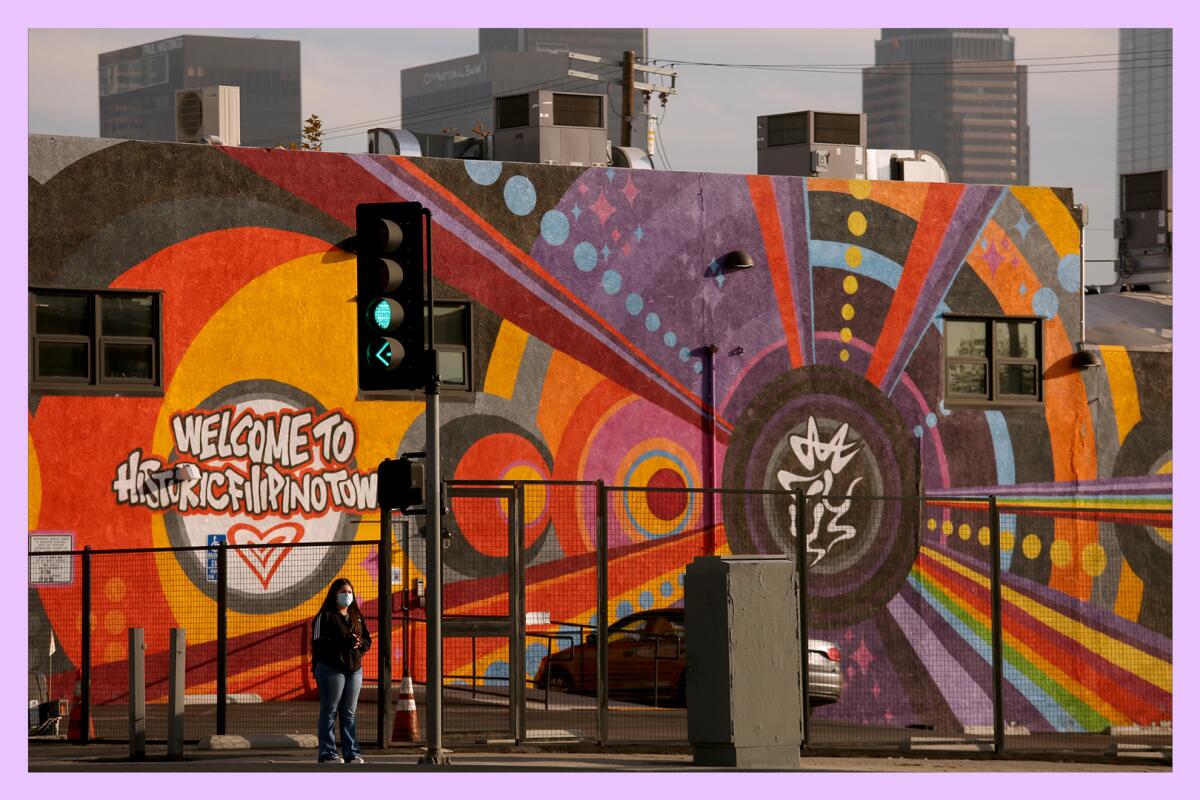
3. Party for Philippine independence. On June 25, celebrate the 125th Philippine Independence Day Festival with the Filipino American community of Los Angeles, which is hosting a celebration at the FACLA carpark in Historic Filipinotown, at 1740 W. Temple St. The motorcade and parade start at 9 a.m., followed by the festival from 11 a.m. to 3 p.m. There will be entertainment, food and a special kids area to keep them busy. See the flier here.
The must-read
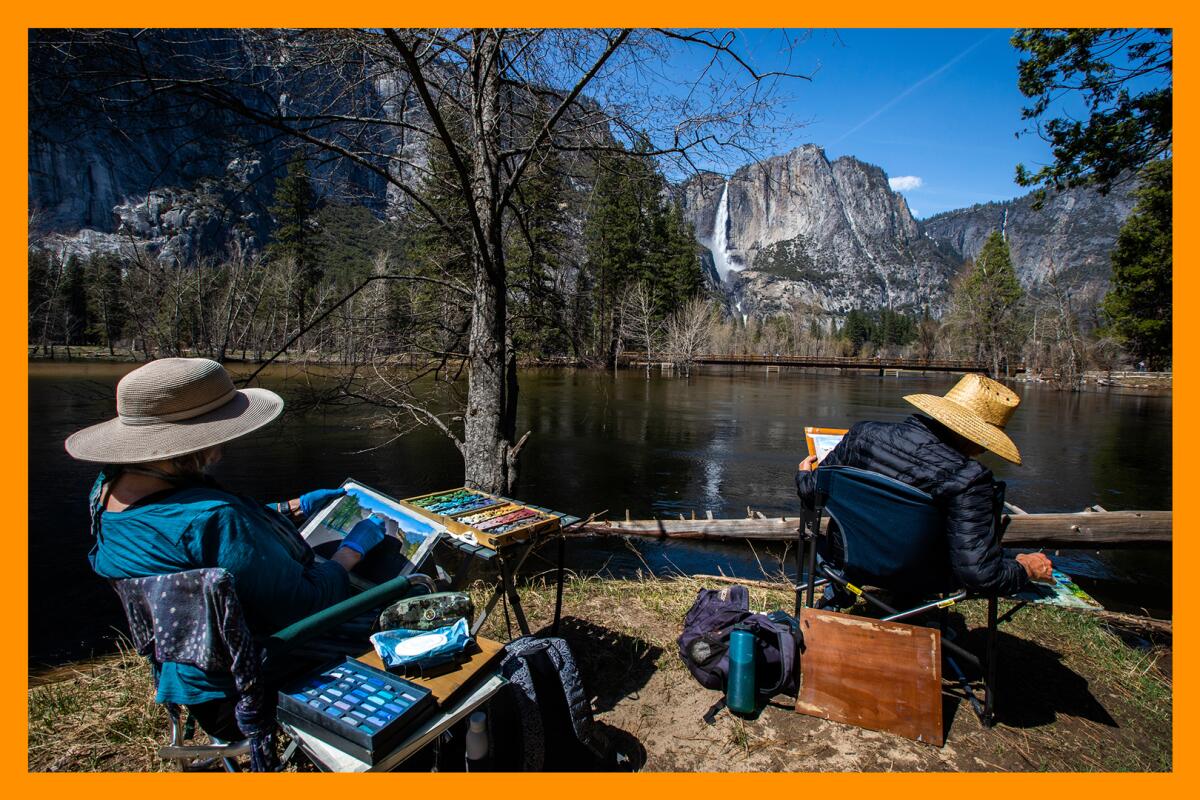
Nabbing permits to hike and camp the most popular trails in California could be considered its own competitive sport, but a new service called WildPermits might help out, as Gregory Thomas writes for the San Francisco Chronicle. The service texts you when there’s a site cancellation at one of your desired trailheads that suits your preferred dates and party size. You’ll still need to then book your site on Recreation.gov, but having a heads-up may help you snag the reservation.
WildPermits works for California sites, including Yosemite, Sequoia and Kings Canyon, King Range National Conservation Area, Desolation Wilderness, Inyo National Forest and Mt. Whitney, while a similar service called Outdoor Status works nationally.
A new zine from L.A. Times
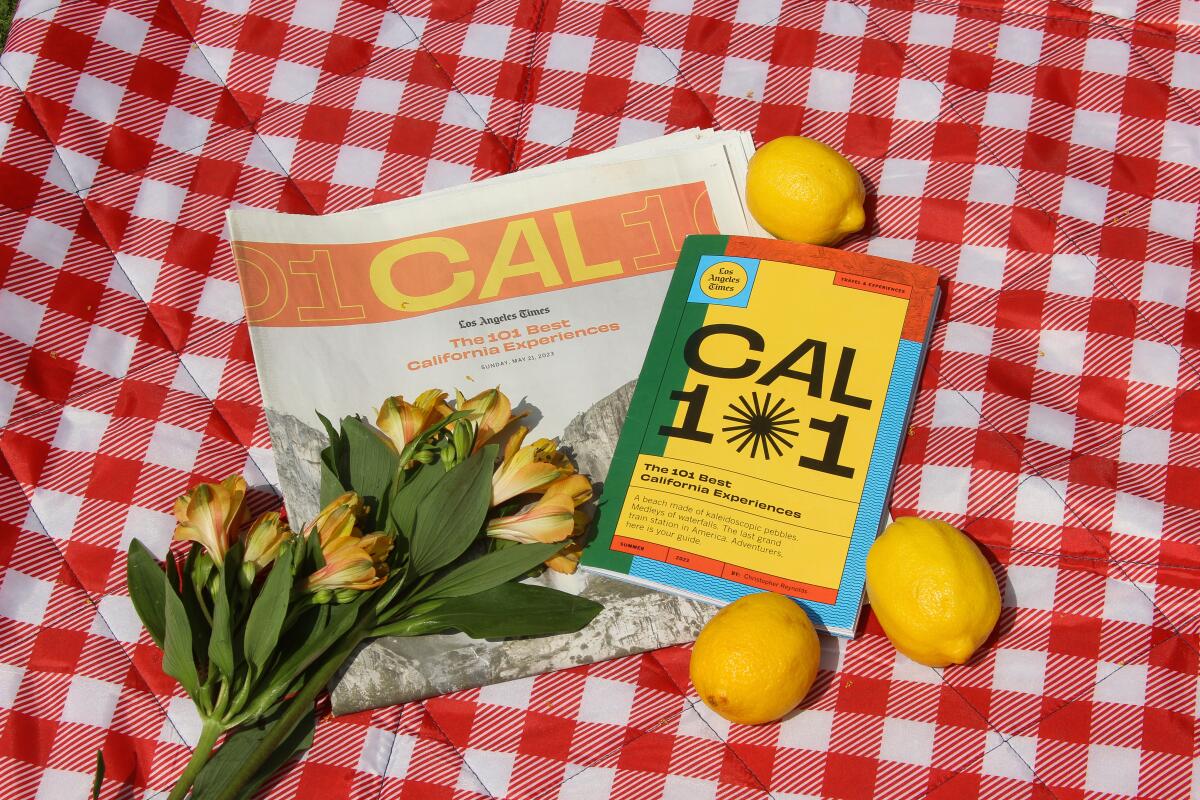
Are you planning a summer of adventure? The L.A. Times took its 101 Best California Experiences guide and turned it into a full-color, easy-to-pack zine. Written by travel writer Christopher Reynolds, CAL 101 will take you through a beach made of kaleidoscopic pebbles, a medley of waterfalls, the last grand train station in America and more. Pre-order your copy now.
Happy adventuring,

P.S.
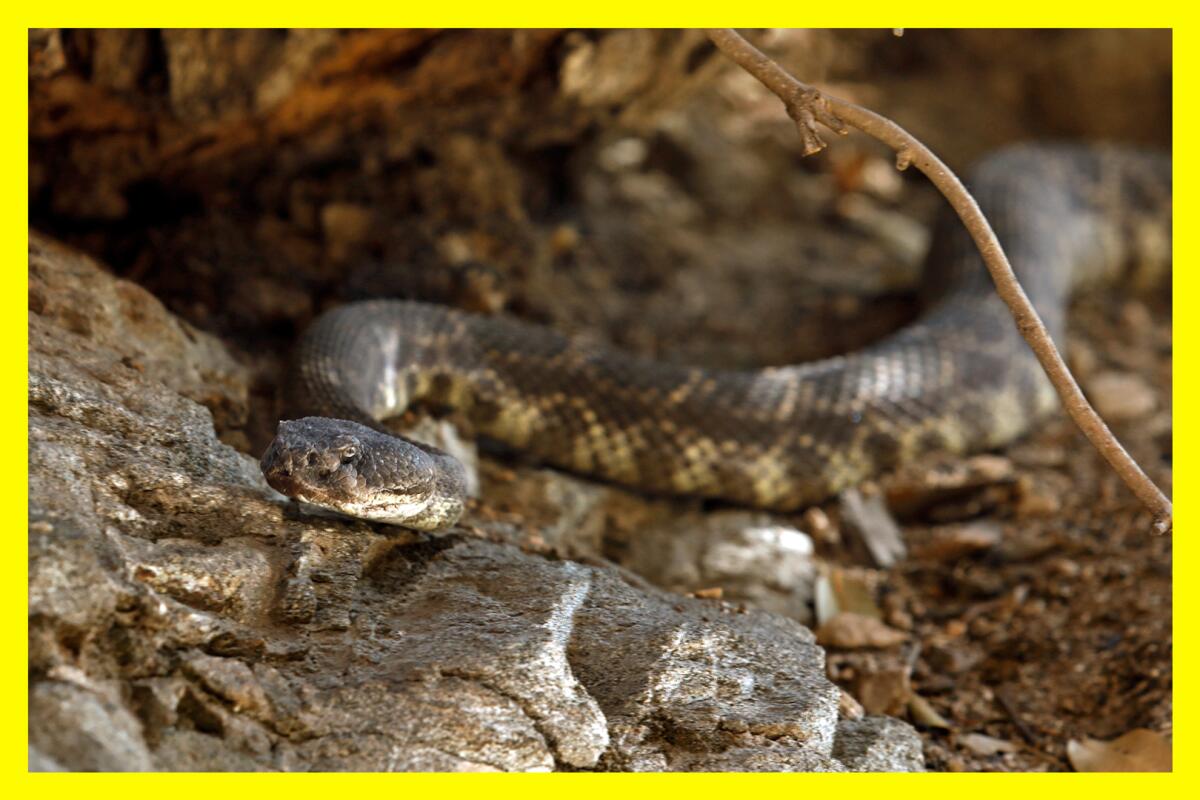
In the last few weeks, I’ve spied quite a few bears in my neighborhood in the San Gabriel Valley foothills. Wild animals live among us — or rather, we’ve settled and paved roads in their territory — and I watch in wonder as these large creatures weave through our suburban streets, devouring whatever food isn’t bolted down.
Recently, during a hotter spell, I was surprised to see a first for our neighborhood: a diamondback rattlesnake. Slithering across the road near a hiking trail high in our hills, the snake was enchantingly beautiful and hypnotic. Generally speaking, rattlesnakes don’t want to encounter us, but it does happen from time to time. (And sometimes, it’s because of us: A few years ago during the superbloom, I saw a family at Diamond Valley Lake plop their two small children down in the tall brush for a flowery photo op, despite a lake official’s loud warning to all visitors entering that it was high rattlesnake season and that everyone needed to stay on the trails. Luckily, no one got bitten that day, but since rattlesnake season starts as early as March and goes through October, it’s best to be prepared.)
Mary Forgione has info on what to do if you, as an adult, get bit by a rattlesnake. Out of curiosity, I did a little googling on best practices if your child or dog gets bit. Dr. Cyrus Rangan, a medical toxicologist at Children’s Hospital Los Angeles and assistant medical director of the California Poison Control System, gave some good information in an interview with LA Parent. Be prepared to encounter a snake. Avoid surprising them, don’t get too close and keep calm. Whether you’re dealing with kids or dogs, if a bite happens, make a beeline for the ER (human or veterinary) right away. And know that “rattlesnakes don’t cause death very often,” Rangan says. That might not sound reassuring, but as with bears, if we give them their space, we should be fine.
The previous newsletter incorrectly stated Andrés Chávez’s affiliation with the Cesar Chavez Foundation. He is executive director of the National Chavez Center, a subsidiary of the foundation. We have also clarified the work of the National Chavez Center.
For more insider tips on Southern California’s beaches, trails and parks, check out past editions of The Wild. And to view this newsletter in your browser, click here.
Sign up for The Wild
We’ll help you find the best places to hike, bike and run, as well as the perfect silent spots for meditation and yoga.
You may occasionally receive promotional content from the Los Angeles Times.




